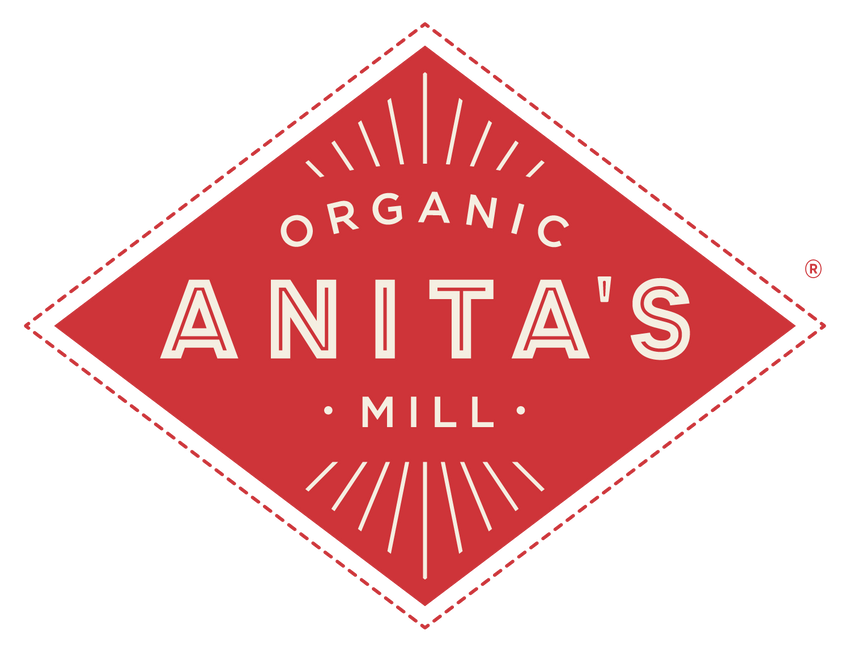
How Climate Change Affects Food Security
Climate change is undeniably wreaking havoc on planet Earth. CO2 emissions from fossil fuels are warming the atmosphere, land, and oceans, which in turn is creating extreme and unpredictable weather. Intense storms, record-breaking heat, flooding, and drought are destroying crops, while heavy rains wash away topsoil and nutrients vital to plant growth.
These unusual weather patterns also allow new pests to move in and thrive. Farmers are not prepared with knowledge of their life cycles or means to prevent and eradicate infestations. Plant diseases are also finding new environments and suitable conditions for their spread.
Food security
The USDA defines food security as food being available, accessible, and able to be utilized with a stable supply. Usually, the poorest populations are the most vulnerable to disruption of any of these factors. Losses in the field have a major impact on the food supply chain. When yields are down, retail prices go up, income for farmers decreases, and political unrest becomes probable. Depending on the region, between 30-50 per cent of the world’s workforce is in agriculture, according to the FAO (Food and Agriculture Organization of the United Nations). Catastrophic climate events can destroy infrastructures, such as harvest, storage and processing systems, transportation routes via roads, rails and ports, and retail outlets. Food safety and nutrition also become concerning. An increase in CO2 emissions has been shown to reduce the nutritional quality of the world’s staples. Floods not only reduce yields, but they also reduce the quality of what can be harvested afterward. Every part of our food system, from the field to the plate, is linked and needs to operate seamlessly to ensure people are being fed.Solutions
Farming in unpredictable conditions is challenging and requires some ingenuity to cope. Farmers and policymakers need to identify the highest risks for their areas and create ways to adapt, allowing room for flexibility. A strong local food system is the best hedge against climate change. The fewer miles between the field and the consumer, the better the chance of food being available and accessible. Hardy local seed strains need to be developed to withstand the ever-changing conditions. Farmers must also experiment with different planting dates to take advantage of longer, warmer seasons. Irrigation systems need to be improved upon to deliver the right amount of water at the right time of the season. Because CO2 is a product of burning fossil fuels, the entire agriculture system needs to reduce emissions. Agriculture is one of the biggest offenders when it comes to CO2 emissions, but it’s not something we can live without. It needs to change to cut emissions. A local food system helps mitigate this with shorter transportation distances and small farms not using as much machinery. As the climate keeps changing and brings new weather patterns, insects, and diseases, all we can do is adapt year to year, remain flexible, and hope things stabilize and become predictable again.Would you like to be the first to hear about our new products and more?
Sign up for our Nature’s Path Newsletter.








